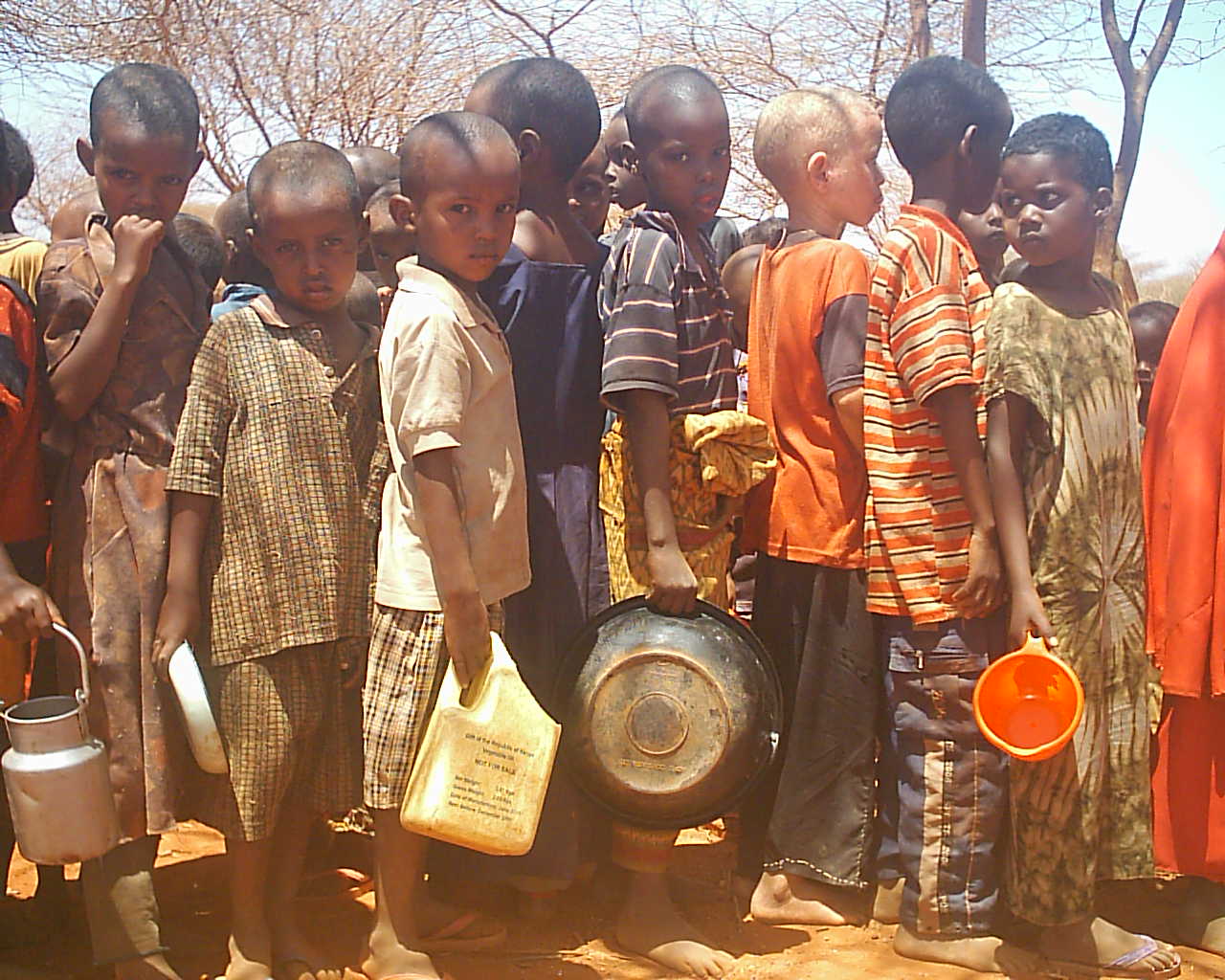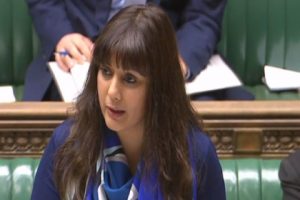By Abdullahi Jamaa
Kenya has just introduced an ambitious new education curriculum that according to the ministry of education is aimed at engaging, empowering and producing ethical citizens in a country that is grappling with huge unemployment problem.
The new curriculum 2-6-6-3 developed by Kenya Institute of Curriculum Development (KICD) is set to replace the old 8-4-4 system that has been in existence since 1985 and which has failed to shape the country’s industrial development.
The struggle for Kenya’s education reforms has been on an off since 1992 with repeated commitments to replace the old system that has failed to impress stakeholders in the education sector- both in and outside the classrooms.
“The 8-4-4 is academic and exam oriented, its curriculum is overloaded and doesn’t provide flexible education pathways” reads part of a policy document by KICD. “Based on 2012 report of the taskforce on realignment of education sector, the government developed sessional paper no. 2 of 2015 which recommended far-reaching reforms”
After decades of struggle, research and policy making, a new roadmap was charted to institute educational restructurings that are expected to herald Kenya’s sustainable economic and human development.
The new system is ambitious to revolutionize Kenya’s education system as it puts more efforts into basic and early childhood education. It seeks to improve young learners’ mental ability to progress their own passion and interest.
According to Kenya’s ministry of education the new curriculum will be fully in place by 2027 with a goal of achieving 100 percent transition from primary to secondary education.
Education Cabinet Secretary Fred Matiangi says the rollout of the new education curriculum is on course with the second phase piloting for the 2-6-6-3 system set to be implemented in 33,000 schools in 2018.
“We have now officially commenced the rollout activities of the curriculum as envisaged in our plan all along. I thank all these colleagues for their commitment and their focus to ensuring that we strengthen the quality of the education of our children, that we prepare and produce man power that will be globally competitive, that will give our children the opportunity they need to excel and realize their potential,” Matiangi said earlier this year

Despite the push for the new education system, stakeholders have been critiquing the ministry for failing to actively engage concerned parties. Parents have raised a lot of concerns on the new system that is taking off without much of their input.
“I can remember in 1985 when 8-4-4 was launched, a lot of surveys were done, a lot of public engagements were done… But we have not seen anybody coming to us regarding this new system” said Aisha a parent-cum-teacher in Mombasa. “We are not refusing changes, we want them but it should be through consultations”
However, the education ministry is organizing a national conference this year to iron out issues that have been raised and that affects the inception of the new curriculum. This avenue is expected to enhance public participation for a smooth transition from the old to the new system.
Recently, the Kenya National Union of Teachers Secretary General Wilson Sossion relinquished his earlier hard stance about the new system after later expressing satisfaction with the process and stated that all teachers and education stakeholders were fully in support.
“The activities that have been lined up for this year satisfies our concerns as teachers that when there will be a sessional paper, the report shall be presented at the Parliamentary committee level and that there will be a national conference to debate it and so it is good that this year has been devoted for piloting in all our public schools,” session told the local media
Kenya is still grappling to make strides in its education system affected by understaffing, poor infrastructure and low pupil to teacher ratio (PTR).
The recommended PTR for public primary schools in Kenya is 40:1, which is also ideal ratio set by UNESCO and other international standards. This is not the case in most part of the country as the situation is grimmer in arid and semi-arid areas as well as in the slums of urban areas where the ratio is over 100 pupils per teacher.
Many parents wants the new education system to address the catalogue of challenges facing the education sector in the country particularly in marginalized arid and semi-arid counties.
“The new curriculum will need more infrastructural, human resource and policy investment otherwise it will remain to be a blue print paper work that will fail to address our educational needs” says one teacher in Mombasa













